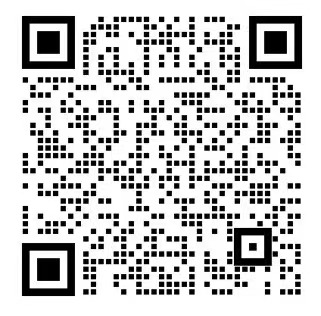OpenAI officially launched its latest multimodal image generation model gpt-image-1 and opened it to global developers via API. This model takes low cost, high controllability, and strong multimodal interaction capability as its core advantages, marking the step from "toy-level" AI image generation to "industrial-level" applications. "industrial-grade" application stage. Both individual creators and enterprise-level users can realize the seamless transition from conceptual sketches to finished designs through the API.
Official Description:https://openai.com/index/image-generation-api/

I. Core functions and technical highlights
1. Three core functions: generation, editing, variants
- Image Generation: gpt-image-1 supports mixed text+image input. gpt-image-1 can accurately analyze complex prompt words and generate images that conform to physical laws. For example, if you input "design the body of a mineral water bottle with various styles", the model can quickly output creative design solutions with different styles.

- Image Editing: Local modification, style migration or element blending of existing images can be done directly through the API. For example, upload four gift images to generate a beautiful gift basket image containing all the gifts.

- Image variants (DALL-E 2 only): Quickly generate stylized variants based on existing images to improve design efficiency.

2. Highly customizable options
Developers can precisely control the output parameters through the API:
- Size and Format: Support 1024×1024, 1024×1536 and other resolutions, output PNG, JPEG or WebP format.
- Quality and compression: three grades of quality: low, medium and high, JPEG compression rate can be customized (0-100%).
- Background and Transparency: Switch transparent background with one click to fit the design needs.
- Batch generation: accelerate creative iteration by generating multiple images at a time via the n parameter.

3. Cost advantages
- Pay-as-you-go: text input Token price is $5/million, image output Token is $40/million.
- Step pricing:
- Low quality (1024 x 1024): about $0.02/sheet
- Medium quality: about $0.07 per sheet
- High quality: about $0.19 per sheet

II. Application Scenarios and Enterprise Integration
The flexibility of gpt-image-1 has allowed it to land quickly in multiple industries:
- Creative tools: Adobe Firefly, Canva and other platforms integrate the model, offering personalization options such as Ghibli style.
- E-commerce and design: Photoroom converts a single product image into a model display image via API; HeyGen optimizes the avatar editing process.
- Enterprise software: Wix, InVideo utilize models to generate marketing materials; Instacart test recipe images are automatically generated.

III. Technology Comparison and Advantages
| characterization | gpt-image-1 | DALL-E 2/3 |
|---|---|---|
| multimodal support | ✅ Mixed text + image input | ❌ Text or image only unimodal |
| Custom Granularity | Supports fine adjustment of size, quality, compression ratio, etc. | Limited customization |
| (manufacturing, production etc) costs | Lower (as low as $0.02 per sheet) | high |
| API Flexibility | Supports advanced features such as mask editing and multi-image compositing | Basic Image Generation |
OpenAI CEO Sam Altman noted that the API design of gpt-image-1 is more focused on developer control, and is particularly suited to scenarios that require a balance between efficiency and personalization.

IV. Quick Start: How to call the API?
The following Python code example shows how to generate a "pixel-style gray cat sprite map":
from openai import OpenAI
import base64
client = OpenAI()
response = client.images.generate(
model="gpt-image-1", prompt="Draw a 2D pixel art style sprite sheet of a tabby gray cat",
model="gpt-image-1", prompt="Draw a 2D pixel art style sprite sheet of a tabby gray cat", size="1024x1024",
size="1024x1024",
background="transparent",
quality="high"
)
image_data = response.data[0].b64_json
with open("sprite.png", "wb") as f.
f.write(base64.b64decode(image_data))
The launch of gpt-image-1 not only lowers the creative threshold, but also promotes the penetration of multimodal AI in the business world. With the expansion of the API ecosystem, more cross-industry solutions may emerge in the future - from automated design to virtual fitting, AI-generated images will be ubiquitous. openAI has once again proved its leadership in the AI field. gpt-image-1, with its technological depth and business-friendliness, opens up a new visual creation space for developers and enterprises. It opens up a whole new space for visual creation. Try it now and get your ideas "on paper"!

If you want to use GPT Plus, Claude Pro, Grok Super official paid exclusive account, you can contact our professional team (wx: abch891) if you don't know how to recharge yourself.



